Explainable AI – how to really understand machine learning decisions. The question is, is history repeating itself?
Throughout my career, I have gained insight into the intricate operations of businesses by studying how decisions are made and understanding the workflow systems that drive them.
Often these workflows are very complex and built by a few technically minded colleagues outside the frontline of business. With time, the knowledge of how these workflows work is lost – making it difficult to modify and maintain.
With machine learning becoming an increasingly integral part of how businesses operate, it is essential to ensure that those decisions are easily understandable and accessible across your organisation (not just by those in your data science teams). This is the topic of this week’s feature article.
Making Explainable AI a priority will facilitate this process, ultimately leading to better outcomes for all stakeholders involved.
Let’s learn from our past mistakes!
Disrupting the IT industry
It was a privilege to be interviewed by Engatica as part of their global thought-leadership series on distruption.
How AI-Unified Data Analytics Is Good for Your Business
Many businesses don’t reach their data’s full potential because their analytics processes make it unnecessarily complex.
Artificial intelligence (AI) and big data are some of today’s more game-changing technologies. Countless think pieces have talked about their potential, leading many businesses to invest in them, but many AI and data projects fall short of expectations. AI-unified data analytics provides a solution to this hurdle.
Data analytics relies on vast amounts of information from different sources to be effective. The same often goes for AI. Unified analytics consolidates these disparate data sources and analytics pipelines into a single platform, using AI to automate that process. Here’s how this consolidation and automation can improve your business.
The In-Office Meeting Room Gets an Upgrade
As distributed workforces grow and hybrid office arrangements evolve, in-office meeting spaces must keep pace with technological advancements and shifting patterns in how they’re used.
With hybrid workforces here to stay, the nature of teamwork has also changed, and the needs for long-distance collaboration and communication tools are growing more sophisticated.
This has impacted considerations regarding in-office meeting rooms, which are likely to take a more prominent role in the makeup of the physical office, especially as returning workers come back for more interactive environments.
While more cutting-edge technologies like augmented reality (AR) and virtual reality (VR) may not be ready for widespread adoption, collaboration platforms are starting to offer richer experiences that ensure a high level of quality for in-person and remote participants.
Learn to be a Data Science Leader
5 resources for learning the skill that no one will teach you.
There are tons of training materials, courses and articles available about how to become a Data Scientist. Once you start working in the field the transition to a Senior Data Scientist should naturally occur as you gain more experience and skills.
For many Data Scientists the natural next step after Senior is to move into a role leading a team of Data Scientists. This role is very different to both Junior and Senior positions as this will likely mean taking on line-management duties, helping others to grow and develop and managing projects.
Hardest of all is that you will need to juggle all of this whilst remaining technical enough to still earn the Data Scientist part of your job title.
The 10 Scariest Future Tech Trends Everyone Must Know About Right Now
There is some incredible emerging tech on the horizon for 2023, but there are also some dangerous and worrying advances that should be on your radar.
This emerging tech could have huge implications for the human race.
After all, we applaud scientific progress, but it’s important for us to monitor how some of these technologies are being used. Some breakthroughs can easily be abused or used in dangerous or scary ways.
Let’s take a look at the scariest tech trends everyone should know about today.
1. AI Singularity
5 Ways a CIO Can Assess the IT Landscape in a New Role
Once settled into a new workspace and role, IT leaders can begin to assess how their new department works (and doesn’t) in five key areas.
For new CIOs entering an IT department, their first instinct may be to expect the worst. Many arrive at organizations that have complicated histories or thinly veiled chaos and uneasiness. This status quo of inner turmoil puts a lot of upfront pressure on new CIOs.
They often face a maze of challenges: employees who are loyal to their old leader, messy budgets, looming technical debt, systems held together with duct tape, and dysfunctional teams. But while joining a department can be overwhelming, these challenges also mean that a new CIO (or CTO) can have a huge and lasting impact on the organization they serve.
AI is fast becoming embedded in industries, economies and lives, making decisions, recommendations and predictions.
These trends mean it’s business-critical to understand how AI-enabled systems arrive at specific outputs. It’s not enough for an AI algorithm to generate the right result—knowing “the reason why” is now a business fundamental.
The process has to be transparent, trustworthy and compliant—far removed from the opaque “black-box” concept that has characterized some AI advances in recent times.
At the same time, these advances should not be stifled. AI’s velocity underscores organizational competitive advantage in multiple use cases. From an AI system providing personalized real-time medical information to financial traders using AI algorithms to make deals within milliseconds, the solution might be found in explainable artificial intelligence (XAI).
THE DIGITAL EYE
I hope these articles are valuable.
I am passionate about technology, and I want to share that passion with you. I believe that it’s essential for everyone to stay up-to-date on the latest trends, so I’ve set out to cover all aspects of the industry – from data analytics to blockchain and AI.
Please let me know if you want to see any other topics covered, and I would appreciate your help sharing this blog with others interested.


